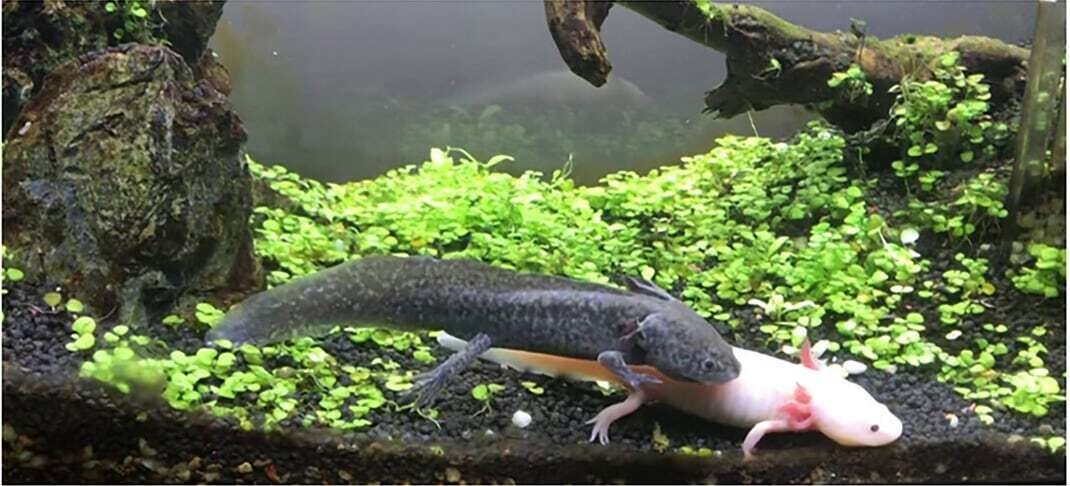
According to historical data, there were up to six thousand axolotls in the canals of Xochimilco in 1998, a number that drastically decreased to only 36 in 2013. Mathematical models predict that these amphibians could completely disappear from their natural habitat.
Researchers from the National Autonomous University of Mexico (UNAM) have intensified their studies to preserve the species, focusing on the regenerative capacity of their reproductive organs, an aspect still unknown about Ambystoma mexicanum.
Tania Gómez, a researcher at the Biomedical Research Institute (IIBO) of UNAM, explained during her intervention at the Biochemistry Department Seminar of the Faculty of Chemistry that the axolotl population is at risk primarily due to pollution and rising temperatures in the canals, as well as the introduction of invasive species like tilapia and carp.
In addition to studies on regeneration, the research team, led by Norma Moreno Mendoza, is working on creating a germplasm repository to safeguard genetic information of the axolotls. This bank, which includes samples from institutions like FES-Iztacala and other research centers, aims to preserve the genetic diversity of the species for future generations.
On the other hand, researcher Luis Zambrano from the Biology Institute of UNAM collaborates with chinamperos from Xochimilco to introduce axolotl specimens into areas of the canals less affected by human activity, with the aim of restoring the population in its natural environment.
However, experts warn that the conservation of the axolotl is complex, as it is a species highly sensitive to variations in water quality and temperature. Despite these efforts, the disappearance of the axolotl in Xochimilco remains an alarming possibility if actions to protect and conserve it are not strengthened.













